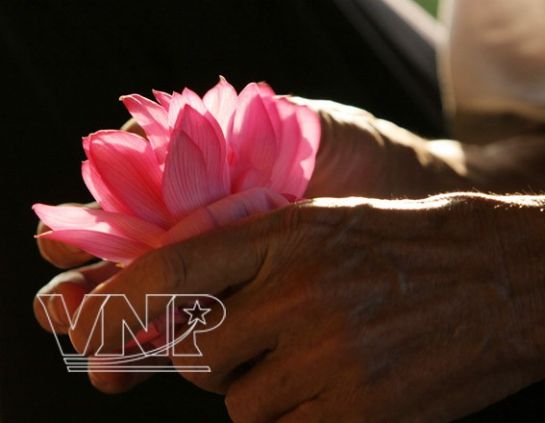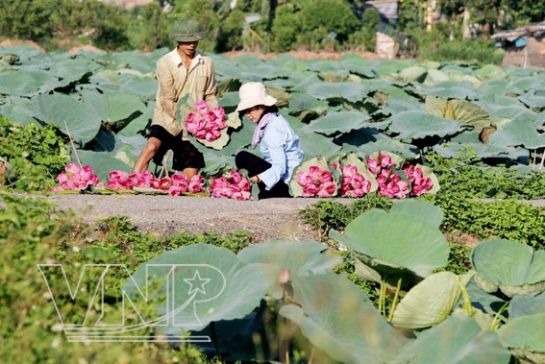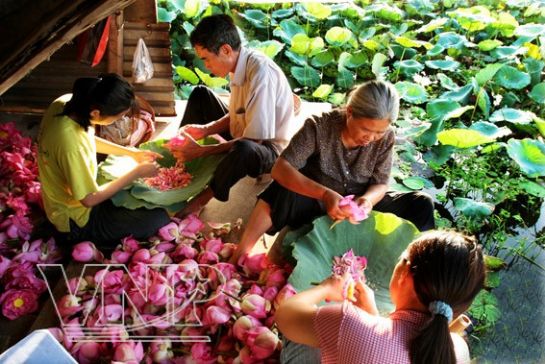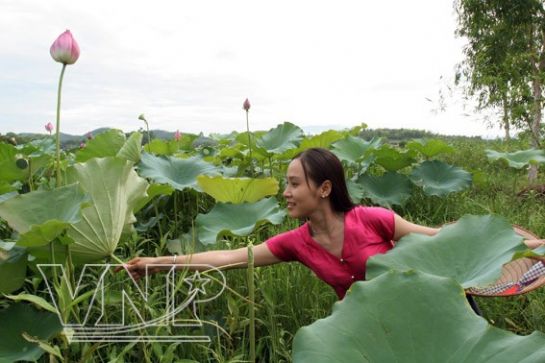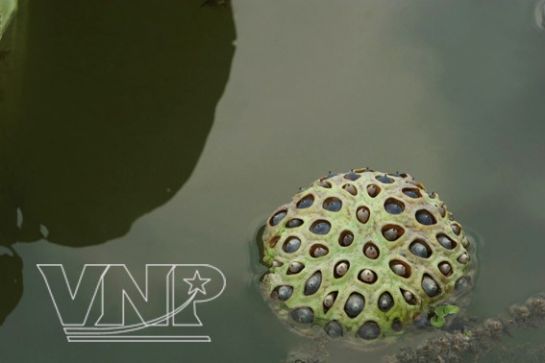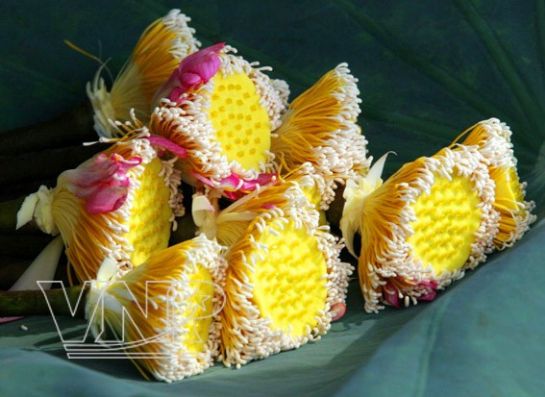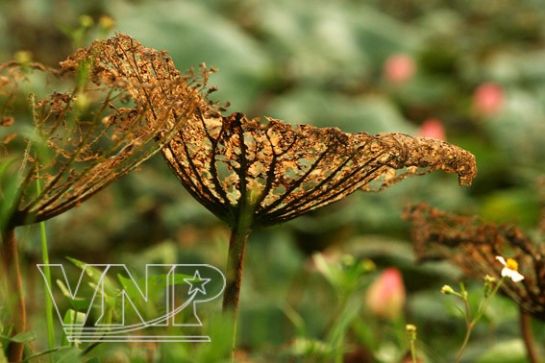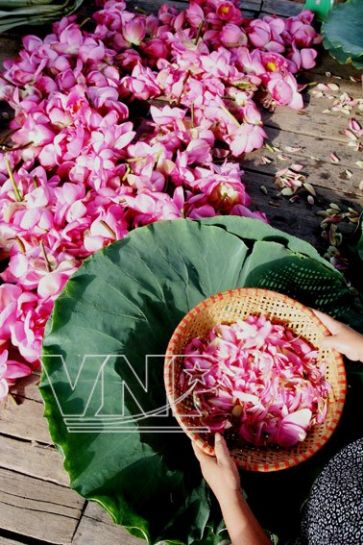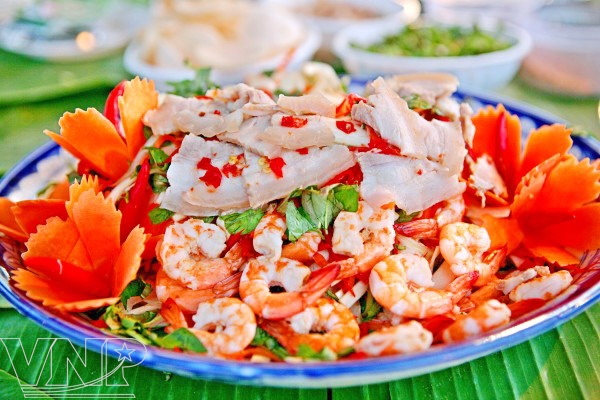Ba Be Lake have a water area around 500ha, spreading over 8km, as biggest natural water lake in Vietnam, situated in Cho Ra-Ba Be-Cho Don carste terrain pertaining to low-lying lands of Vietnam North raising mass. This raising mass was formed from the destruction of South East Asia continental mass at the end of Cambri era, around 200 million years ago.

Due to its special geological constitution, the Lake has very original and special features compared with other world-wide carster lakes: world carster lakes are spent or only with one-season water, while Ba Be Lake has its permanent full-water.
By decision No.41/-TTg dated 10.1.1977, Vietnam Prime Minister recognized Ba Be Lake as a forest preserve area.
By decision No. 83/TTg dated 10.11.92, Vietnam Government gave its approval on the econo-technical study on Ba Be National Park conservation.
Ba Be National Park takes a 23,340ha area in 7 communes of Ba Be district, Bac Can province on the North West of Hanoi. The terrain covers most of limestone rocks inserted with a few earth hills with medium to abrupt slope, a 150-1,535m average height (from sea level) and is laid completely within the South-West valley of Phiabyior Range with 1502, 1517 to 1525m peaks.

Ba Be Lake is Ba Be National Park Center with likely special configuration contracted in the middle and swollen out on the two ends, surrounded by cliffs with very original and attractive forms and shapes. Through influenced by 3 rivers flows discharging their water into the Lake, lake water remain always blue and its current velocity is kept on at 0,5m/sec. giving the take both lake and river characteristics.
The lake has an average depth from 20 to 25m and is deepest at 35m. Lake bed is not plain but with much of submersible mounts and grottoes. There are ideal home ranges for aquatic animals.
With an area around 500ha, the Lake plays a great role in spate distribution for Nang, Gam and Lo rivers deltas.
According to primary survey documents, 417 species of trees including 300 branches, 114 parenties. Also, hundreds of orchids and species of medicine-plants. The system of animals including; land, aquatic and flying animals covering 319 species of animals in 27 forms, 85 parenties in which 42 species recorded in Vietnam Red Book with 3 endemic anima l species that are gibbon (snub no se) Bamboo-Thread and Red Algae.


